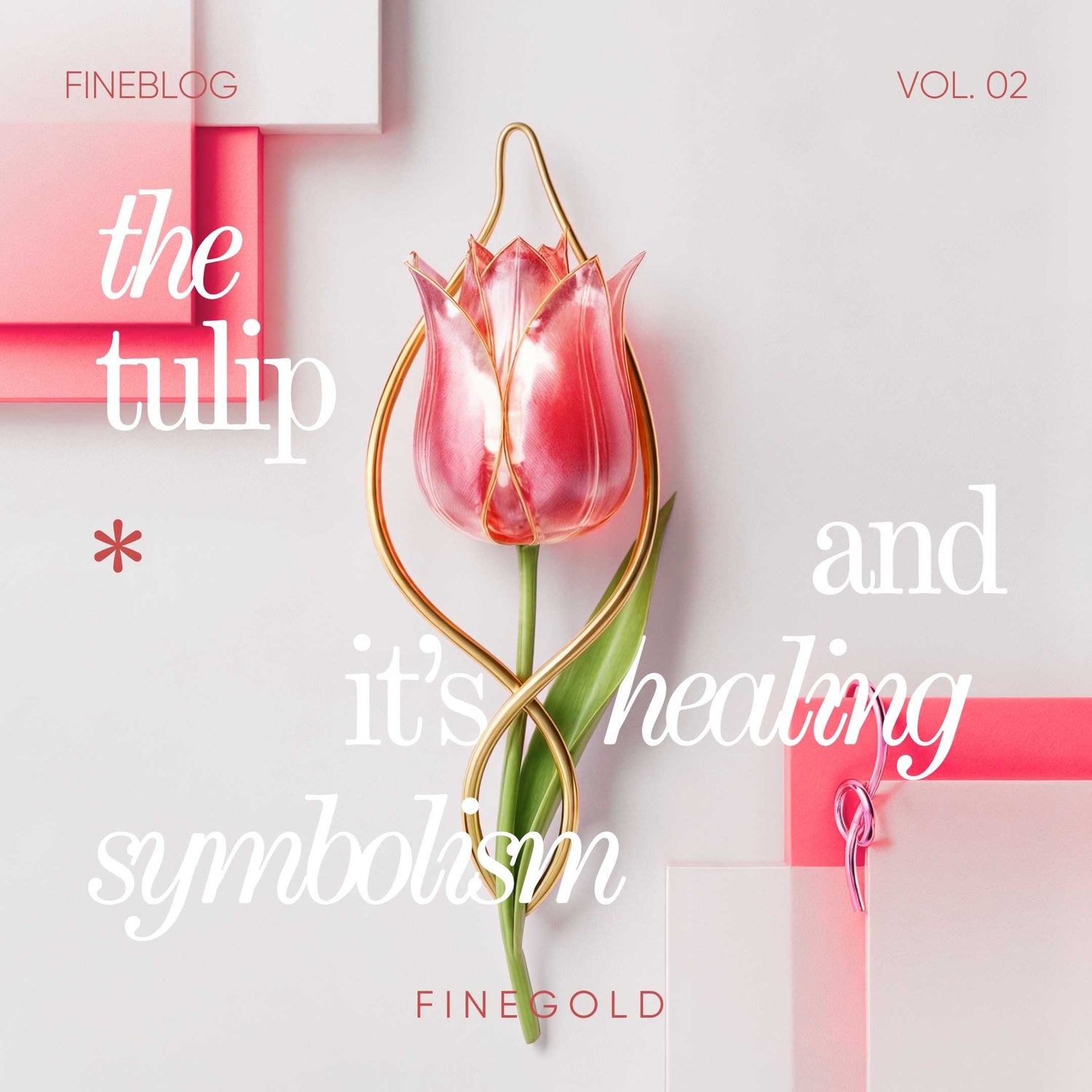
The Tulip and Its Healing Symbolism: From Ottoman Gardens to Modern Meaning
The Tulip and Its Healing Symbolism: From Ottoman Gardens to Modern Meaning
In the hush of an early Istanbul morning, when the call to prayer blends gently with the rustle of sycamore leaves, the city begins to breathe. Down winding alleys, golden light drips over domes and stone fountains. And in forgotten courtyards or manicured palace gardens, the tulip blooms quietly—never demanding, always present. A flower not merely admired, but revered. A symbol not just of beauty, but of something more eternal: balance, restoration, grace.
The Tulip Era: A Blossoming of Soul and Society
In the heart of the Ottoman Empire, tulips weren’t merely decorations—they became symbols of peace and prosperity during the famed Lale Devri or Tulip Era. The 18th century witnessed an artistic and philosophical renaissance, with tulip gardens curated like symphonies. Their forms adorned textiles, tiles, and palatial architecture. To the Ottomans, a tulip was more than a flower; it represented a refined way of life.
Tulips as Healers: Emotional and Spiritual Symbolism
The tulip’s shape—poised, symmetrical, yet delicate—was seen as a reflection of inner balance. Tending tulip gardens became a meditative practice, an artful ritual of patience and rebirth. The calming energy associated with tulips was believed to restore psychological harmony, grounding individuals in beauty and purpose. In today’s world of mindfulness and self-care, these ancient beliefs feel startlingly modern.
From Istanbul to the Netherlands: The Journey of Meaning
Long before "tulip mania" swept through the Netherlands in the 17th century, the Ottomans had already ascribed deep symbolic worth to the flower. While Europeans chased their rarity, the Ottomans revered their essence. The flower’s migration is more than a tale of commerce—it’s one of cultural transmission, of emotional symbolism that transcends borders.
The Connection to Gold: Resonance, Craft, and Healing
Gold, like the tulip, carries layers of symbolism. Ottoman artisans believed in its healing properties, much as modern holistic practices do today. Both tulip and gold are timeless—treasured not just for how they look, but for what they convey. Gold’s warm glow, when cast into tulip-inspired forms, transforms into wearable poetry.
Wearing a tulip-shaped pendant or earring is not merely about style—it’s about emotional resonance. It's a tribute to stillness, softness, and history. It connects the modern soul with centuries of artistry, just as the scent of tulips might link a passerby to a memory buried deep within Istanbul’s gardens.
Echoes in Modern Craftsmanship
At Fine Gold Jewelry, we honor this dual symbolism—crafting tulip motifs in 14K gold that speak to both aesthetic and emotion. Each curve mirrors the quiet grace of an Ottoman miniature, each polish reflects centuries of reverence. It’s where storytelling becomes tangible—an heirloom that doesn’t merely sparkle but whispers of history and healing.
Just like a tulip finds strength in its softness, our creations are born of that same philosophy: delicate yet enduring, beautiful yet meaningful. In every design, there's a nod to the gardens of Topkapı and a salute to the artisans who once carved petals into tiles and dreams into metal.
A Legacy of Symbolism
The tulip has endured revolutions, crossed continents, and adorned empires. Its grace remains timeless, its meaning as potent as ever. In jewelry, it blooms again—reimagined, reborn, still resonating. Whether you're seeking balance, peace, or a quiet reminder of beauty, the tulip—and the gold that holds it—waits.
Because meaning never fades. It evolves. And in the hands of the right artist, it becomes eternal.
